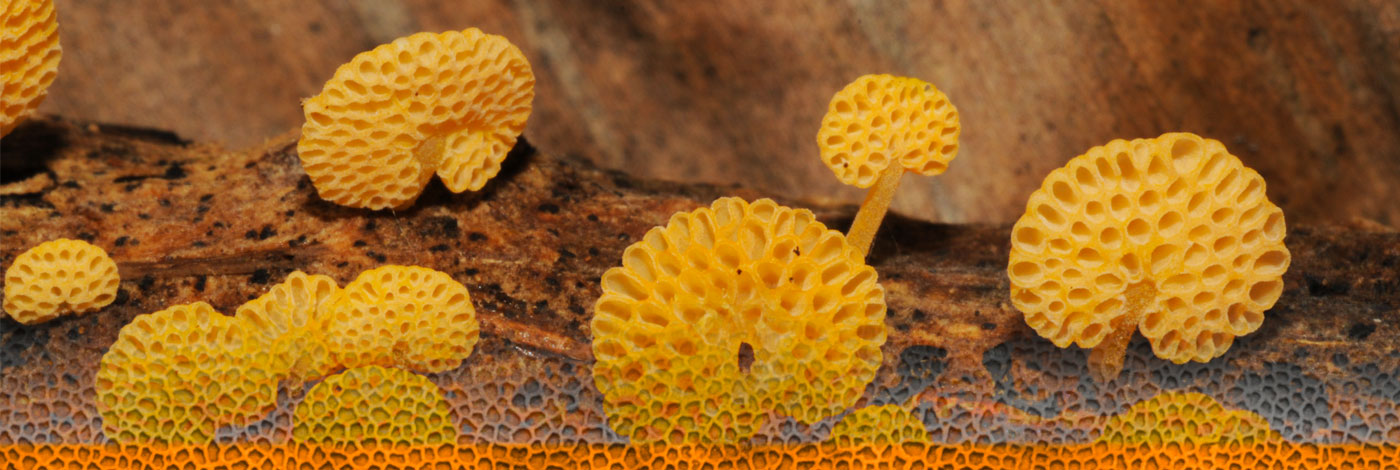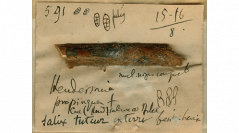

 Cryptogamie, Mycologie
35 (2) - Pages 177-198
Cryptogamie, Mycologie
35 (2) - Pages 177-198Camarosporium is a large coelomycetous genus which was formerly recognised as an asexual state in Botryosphaeriales and Cucurbitariaceae. In the present study, we collected several Camarosporium-like taxa in Europe (Germany and Italy) and carried out morpho-molecular analyses. Molecular analyses (maximum likelihood, maximum parsimony and MrBayes) of combined LSU and SSU gene datasets show that the Camarosporium-like taxa are polyphyletic in Pleosporales. Camarosporium quaternatum, the type species of Camarosporium clusters in the suborder Pleosporinae with five other Camarosporium species. This clade is supported by high bootstrap and PP values and is distinct from other well-established families in Pleosporinae. Other Camarosporium-like taxa grouped in Montagnulaceae (Massarineae) as two phylogenetically distinct clades and are introduced as two new genera, viz. Paracamarosporium and Pseudocamarosporium. Paracamarosporium is morphologically distinct as it has paraphyses and microconidia, while Pseudocamarosporium lacks both of these characters. Since Camarosporium comprises a large number of species epithets, re-collection and morpho-molecular studies of other Camarosporium-like taxa is essential.